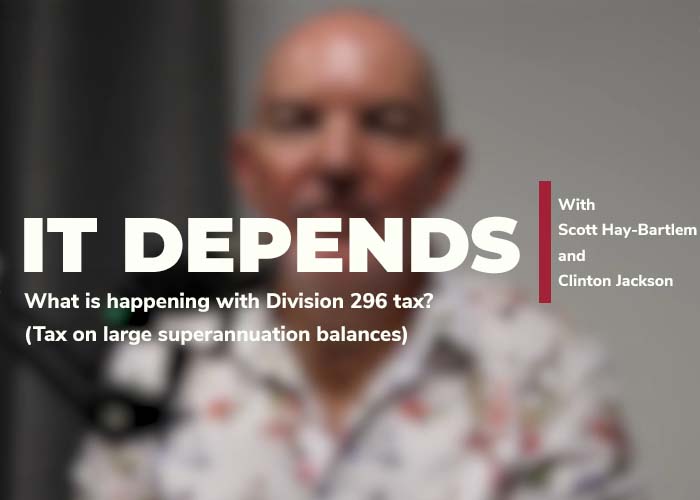Typically, shareholder agreements contain a provision to the effect that any inconsistency between the agreement and the company’s constitution will be resolved in favour of the shareholder agreement. Parties to such documents may assume that multiple governing documents will always be inconsistent, and the document that takes precedence is the only binding governing document.
This is a dangerous assumption to make. A recent case from the New South Wales Supreme Court, Cody v Live Board Holdings Limited, serves as an important reminder that the fact that two different governing documents deal with similar but not identical matters does not mean that the documents conflict.
Facts
In 2013, the board of Live Board Holdings resolved to proceed with a capital raising. The company issued approximately five million preference shares to new shareholders and three million ordinary shares to existing shareholders. An existing shareholder challenged the share issue, and so the board applied to the Supreme Court of New South Wales for a declaration that it had the power and authority to issue the shares.
The company’s constitution provided that directors could issue and allot shares with such preferred, deferred or other special rights as determined by the board. Where the board sought to vary the rights of a particular class of shares, the written approval of 75% of the shareholders of that class was required.
The shareholder agreement, executed before the capital raising, reserved certain powers of the company for decision by the shareholders. Among these reserved powers was the issue of shares and other securities, which, under the agreement, only required a 50% majority approval. Additionally, the shareholder agreement specified that it would prevail over the company’s constitution to the extent of any inconsistency between the two documents.
Positions and decision
The existing shareholders argued that, pursuant to the company constitution, the board could not issue the preference shares without the approval of 75% of the shareholders. The directors contended that the shares issue was caught by the shareholder agreement and therefore only required a 50% majority decision of shareholders.
The Court did not have to decide this question, holding instead that there was no conflict between the two documents in this particular instance.
Although both documents dealt with the issue of shares, the Court held that the purpose behind the constitution and shareholder agreement was different. The constitution was aimed at protecting the interests of the holders of the class of shares being varied whereas the shareholder agreement was designed to reserve the power to issue shares generally.
As such, it was necessary to show that both the constitution and shareholder agreement had been complied with in order to establish the validity of the issued of preference shares.
Lessons
Cody v Live Board Holdings Limited serves as a valuable reminder of the importance of carefully reviewing the terms of ostensibly conflicting documents. It may be possible to read a company constitution and shareholder agreement together, and a court will do so as far as possible with the consequence that both documents must be complied with.
Inconsistent clauses in company constitutions and shareholder agreements should be carefully reviewed to ensure that the actual existence of any inconsistency can accurately be identified.
Furthermore, companies should be mindful of the impact of the Corporations Act 2001 (Cth), which also regulates the issue of shares, particularly preference shares.







